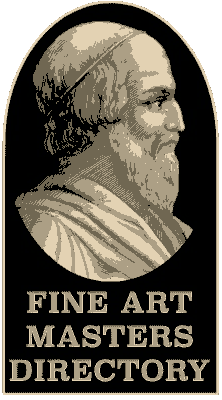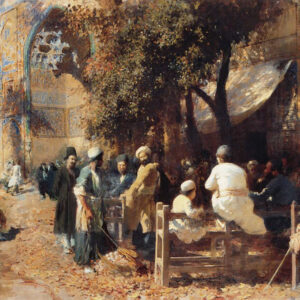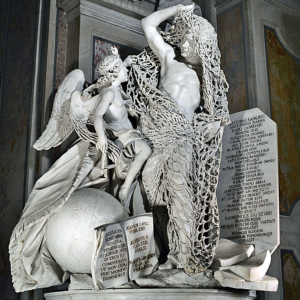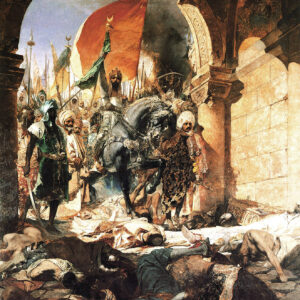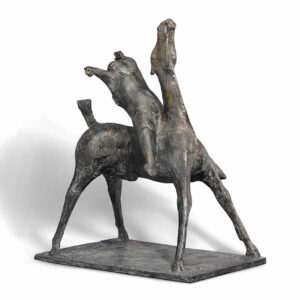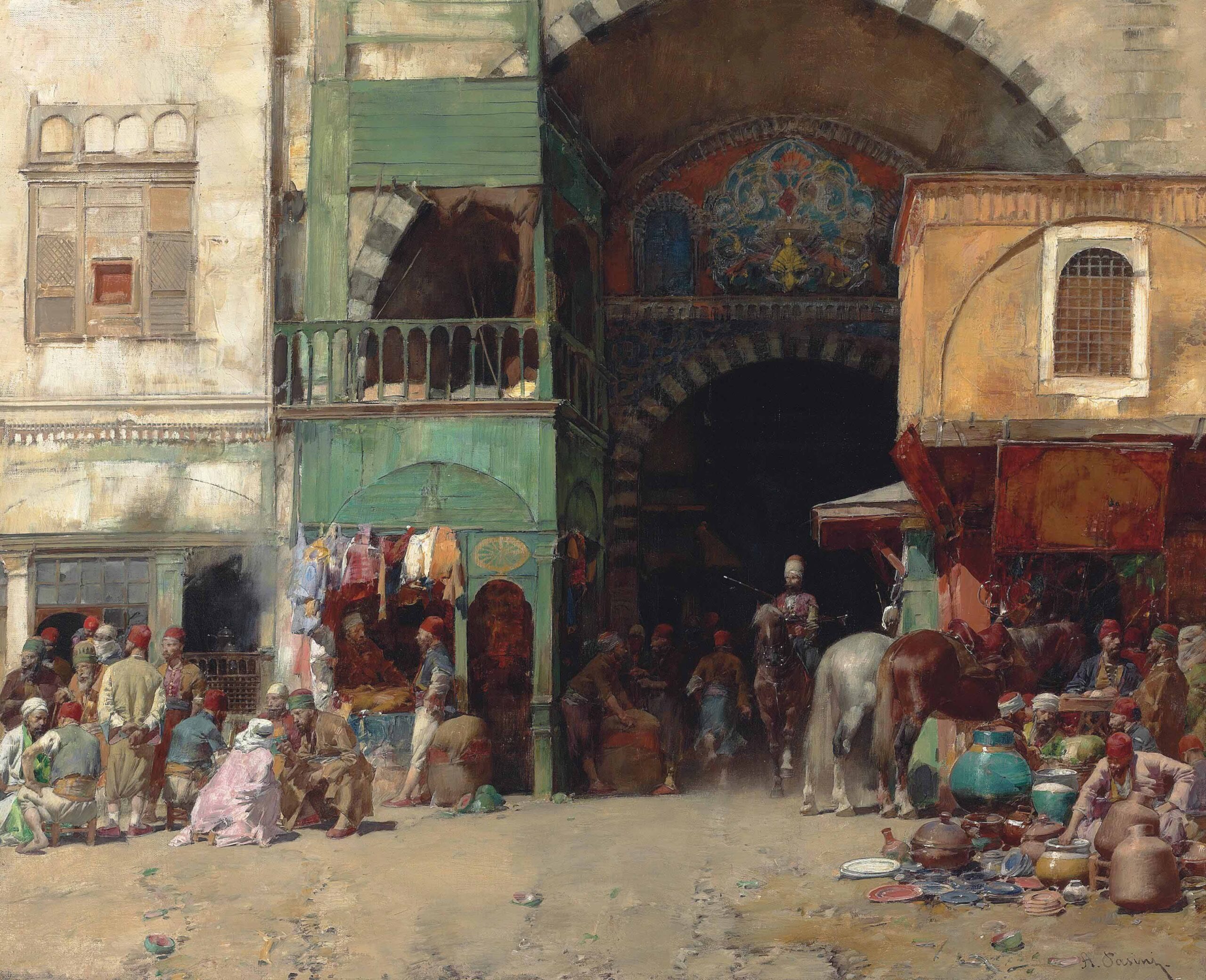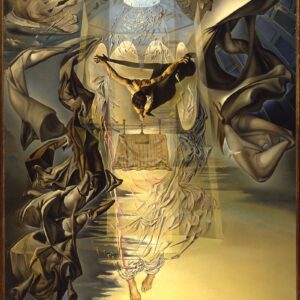Jean-Léon Gérôme (11 May 1824 – 10 January 1904) was a French painter and sculptor in the style now known as academicism. His paintings were so widely reproduced that he was “arguably the world’s most famous living artist by 1880.”[1] The range of his oeuvre included historical painting, Greek mythology, Orientalism, portraits, and other subjects, bringing the academic painting tradition to an artistic climax. He is considered one of the most important painters from this academic period. He was also a teacher with a long list of students.
Gérôme was elected, on his fifth attempt, a member of the Institut de France in 1865. Already a knight in the Légion d’honneur, he was promoted to an officer in 1867. In 1869, he was elected an honorary member of the British Royal Academy. The King of Prussia, Wilhelm I, awarded him the Grand Order of the Red Eagle, Third Class. His influence became extensive and he was a regular guest of Empress Eugénie at the Imperial Court in Compiègne. Along with the most eminent French artists, he was invited to the opening of the Suez Canal in 1869.[2] The Société des Peintres Orientalistes Français (Society of French Orientalist Painters), founded in 1893, named Gérôme honorary president.
The Execution of Marshal Ney was exhibited at the Salon of 1868. On behalf of Ney’s descendants, Gérôme was asked to withdraw the painting, but did not comply. The general reception was very split and the 1868 Salon marked the beginning of a lasting divide between Gérôme and many French art critics, who accused him of relying on literary techniques, of commercialising art, and of bringing politics into art. Henri Oulevay made a caricature where Gérôme is depicted in front of the wall with the art critics as the firing squad.[14]
L’Eminence Grise, 1873, Museum of Fine Arts, Boston.
In 1872 Gérôme produced Pollice Verso, a painting of bloody gladiators and blood-thirsty Vestal virgins in the Colosseum that would become one of his most famous works. Alexander Turney Stewart purchased the painting from Gérôme at a price of 80,000 francs, setting a new record for the artist.[15] Gérôme’s imagery of the turned thumb to signal life or death for a fallen gladiator would be repeated in a multitude of movies, from the silent era up to and including the 2000 Oscar-winner Gladiator.[16][17]
Gérôme returned successfully to the Salon in 1873 with his painting L’Eminence Grise (Museum of Fine Arts, Boston), a colorful depiction of the main stair hall of the palace of Cardinal Richelieu, popularly known as the Red Cardinal (L’Eminence Rouge), who was France‘s de facto ruler under King Louis XIII beginning in 1624. In the painting, François Le Clerc du Trembly, a Capuchin friar dubbed L’Eminence Grise (the Gray Cardinal), descends the ceremonial staircase immersed in reading the Bible while all others either bow before him or fix their gaze on him. As Richelieu’s chief adviser, L’Eminence Grise was called “the power behind the throne,” which became the known definition of his title.[18]
